Is this Yokogawa AMM42 S3 Multiplexer Input Module? Yokogawa AMM42 S3 Multiplexer Input Module is a kind of distributed control system (DCS) high-performance signal collection equipment, which is suitable for Yokogawa's CENTUM VP CS 3000 flatbed. The design allows high-density simulated signal input, high-performance integration of multi-sensor signals, and integrated operation processing. Multi-route replacement equipment, reduce the number of wires to reduce the number of wires, simplify the control system, and recommend the signal management efficiency for large industries by Zhongxiao. This is an important component of Yokogawa's highly flexible I/O system, which supports intensive transport in the future, and is a key component in the increasingly automated environment of oil production, chemical industry, electric power, etc. AMM42 S3 technical specifications and main features AMM42 S3 Multiplexer Input Module with many advanced functions, and a collection of precise and highly effective installations. Below is the number of technical keys: Import route quantity: 16 routes each can be imitated. Signal type support: Connectable electric current signal supply 4–20 mA electric current signal Import isolation function: Each road has uniform equipment and electric isolation, providing system safety with anti-drought ability. Processing speed: high speed drawing, support actual time progress control Quantity accuracy: Quantity accuracy: ±0.1%, guaranteed high precision number installation Access type: Compatible with Vnet/IP or FOUNDATION Fieldbus communication frame Self-diagnosis ability: In-house failure test system, recognizable separate line path problem and model change Power supply design: low consumption, long-term continuous operation It is a single A/D converter system that can be used for multiple routes and can be used for multiple input signals, greatly reducing the demand space. Its rigid industrial design makes it suitable for harsh environments such as high temperature and high humidity. Typical scene of industrial use AMM42 S3 Comprehensive for use in various industrial environments requiring various types of accuracy, specificity, space efficiency, and uniformity: Oil supply and natural gas operations: Actual flow rate, power and temperature sensor Chemical industry: Multi-individual distributed manufacturing, centralized processing Electric power operation: The mechanical status of the car, the number of pottery furnaces, and the total number of environmental protection indicators. Printing business: Guaranteed quantity and confirmation of each order during production. Water management: Water quality parameters such as pH, power output, etc. The active arrangement method gives the system the ability to assemble the system, and the mission can be used to build new items and remodel old systems. AMM42 S3 performance in terms of efficiency Yokogawa AMM42 S3 can be modeled as follows: Space saving: Multi-way signal communicati...
Read More
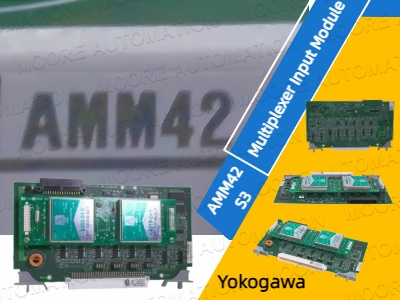
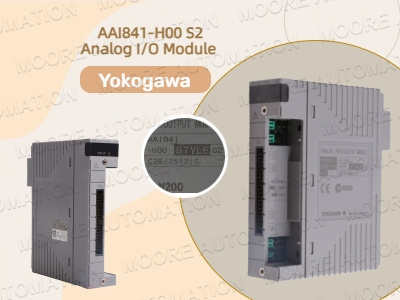
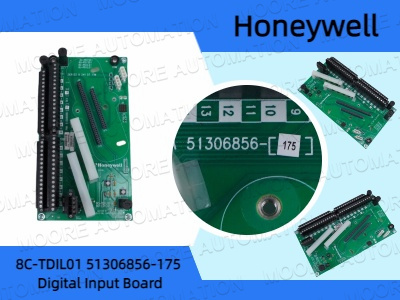
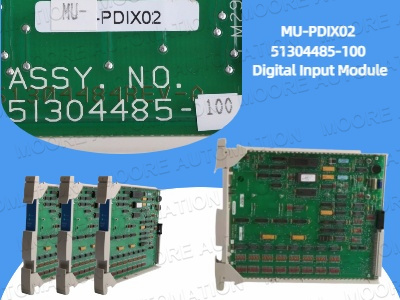
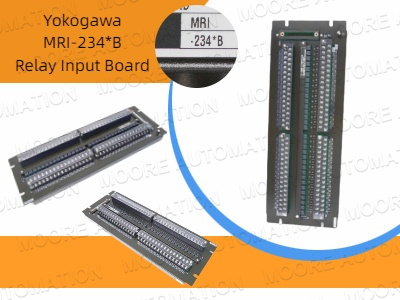

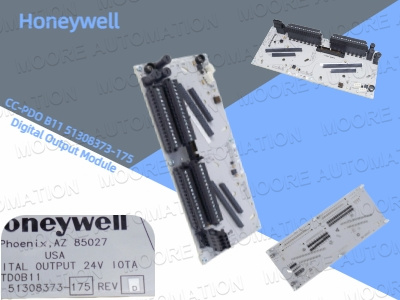
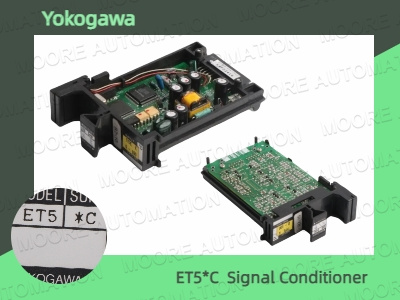
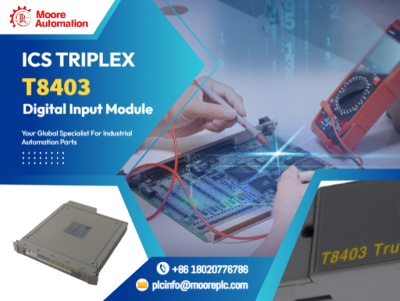

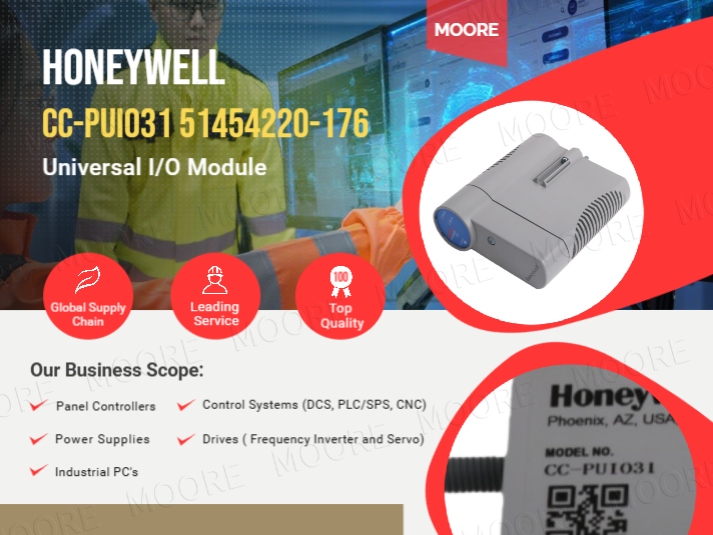
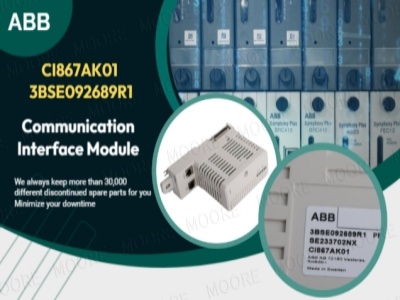












 IPv6 network supported
IPv6 network supported